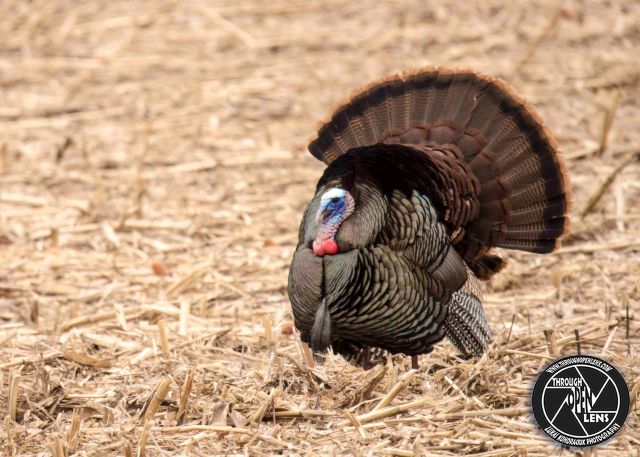F/13.0, 1/640, ISO 640.
Carolina Wren
Those, who wake up early, are called larks.
And those, who go to sleep late and wake up early, are called Angry Birds.
Interesting Fact: The Carolina Wren is sensitive to cold weather, with the northern populations decreasing markedly after severe winters. The gradually increasing winter temperatures over the last century may have been responsible for the northward range expansion seen in the mid-1900s. ( https://www.allaboutbirds.org/guide/Carolina_Wren/lifehistory )










